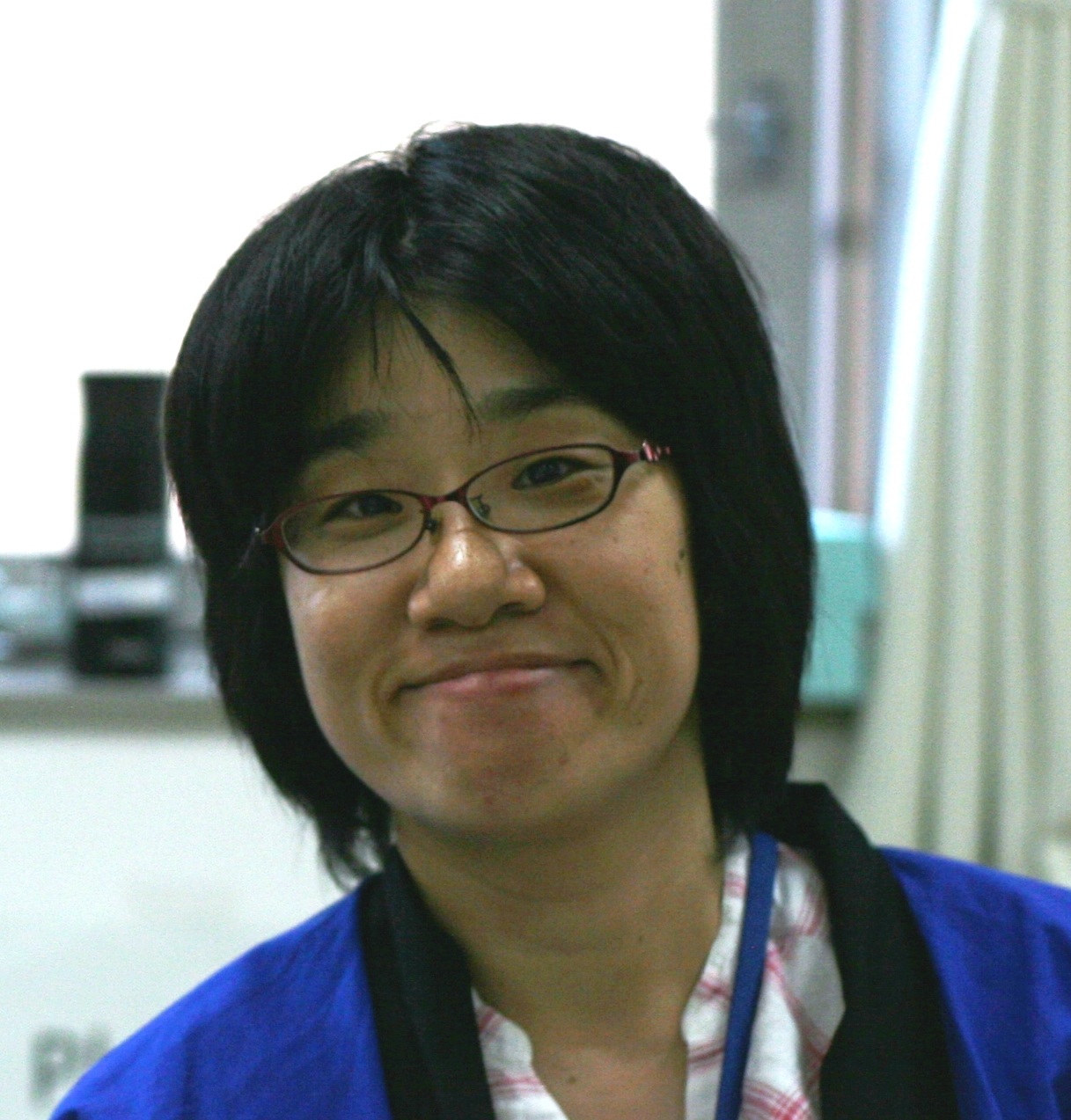Detectors in long baseline neutrino experiments

Atsuko Ichikawa
Kyoto University
Abstract
Variety of technology and detectors are used in the long baseline neutrino experiments.
Neutrino detectors are usually very large because the interaction of neutrino with matter is extremely small. In addition, far neutrino detectors in the long baseline experiments are placed a few hundred kilo meters away from the neutrino source. Therefore, gigantic and also very-low-background detectors are required, there.
To reduce the large uncertainty on the neutrino flux and the neutrino interaction with matters, high precision detectors are required as the near neutrino detector. Even though the intensity of the neutrino is much higher at the near cite, still large size detectors are necessary to keep good signal-to^noise ratio.
The neutrino beam is produced with a very high intensity proton beam. For the stable generation of the neutrino beam, this proton beam or muons produced along with the neutrinos are monitored for each pulse of the proton beam. It is also essential to protect the beamline equipment from the high power proton beam. Detectors used for the monitoring of the proton or muon beam deal bunch of particles, not measuring particle-by-particle quantities. They has to withstands high radiation environment.
To identify the neutrinos from the accelerator at a few hundred kilometers away, the timing of the generation and detection of the neutrino is precisely measured using the GPS technology. The precision of the synchronization at the two cite is better than 100ns.
In this lecture, these technologies will be introduced.
Neutrino detectors are usually very large because the interaction of neutrino with matter is extremely small. In addition, far neutrino detectors in the long baseline experiments are placed a few hundred kilo meters away from the neutrino source. Therefore, gigantic and also very-low-background detectors are required, there.
To reduce the large uncertainty on the neutrino flux and the neutrino interaction with matters, high precision detectors are required as the near neutrino detector. Even though the intensity of the neutrino is much higher at the near cite, still large size detectors are necessary to keep good signal-to^noise ratio.
The neutrino beam is produced with a very high intensity proton beam. For the stable generation of the neutrino beam, this proton beam or muons produced along with the neutrinos are monitored for each pulse of the proton beam. It is also essential to protect the beamline equipment from the high power proton beam. Detectors used for the monitoring of the proton or muon beam deal bunch of particles, not measuring particle-by-particle quantities. They has to withstands high radiation environment.
To identify the neutrinos from the accelerator at a few hundred kilometers away, the timing of the generation and detection of the neutrino is precisely measured using the GPS technology. The precision of the synchronization at the two cite is better than 100ns.
In this lecture, these technologies will be introduced.
Short Bio
http://www-he.scphys.kyoto-u.ac.jp/member/ichikawa/